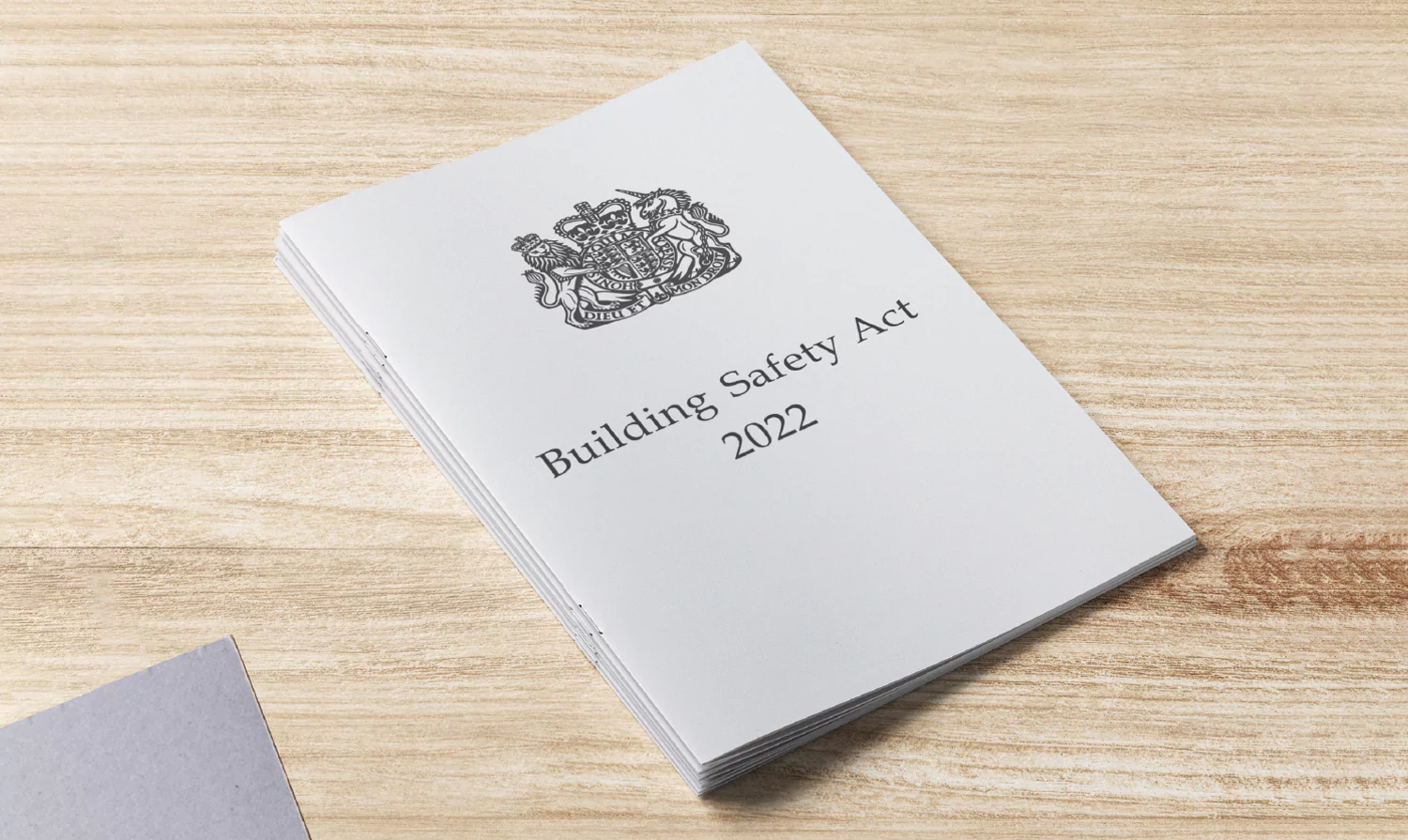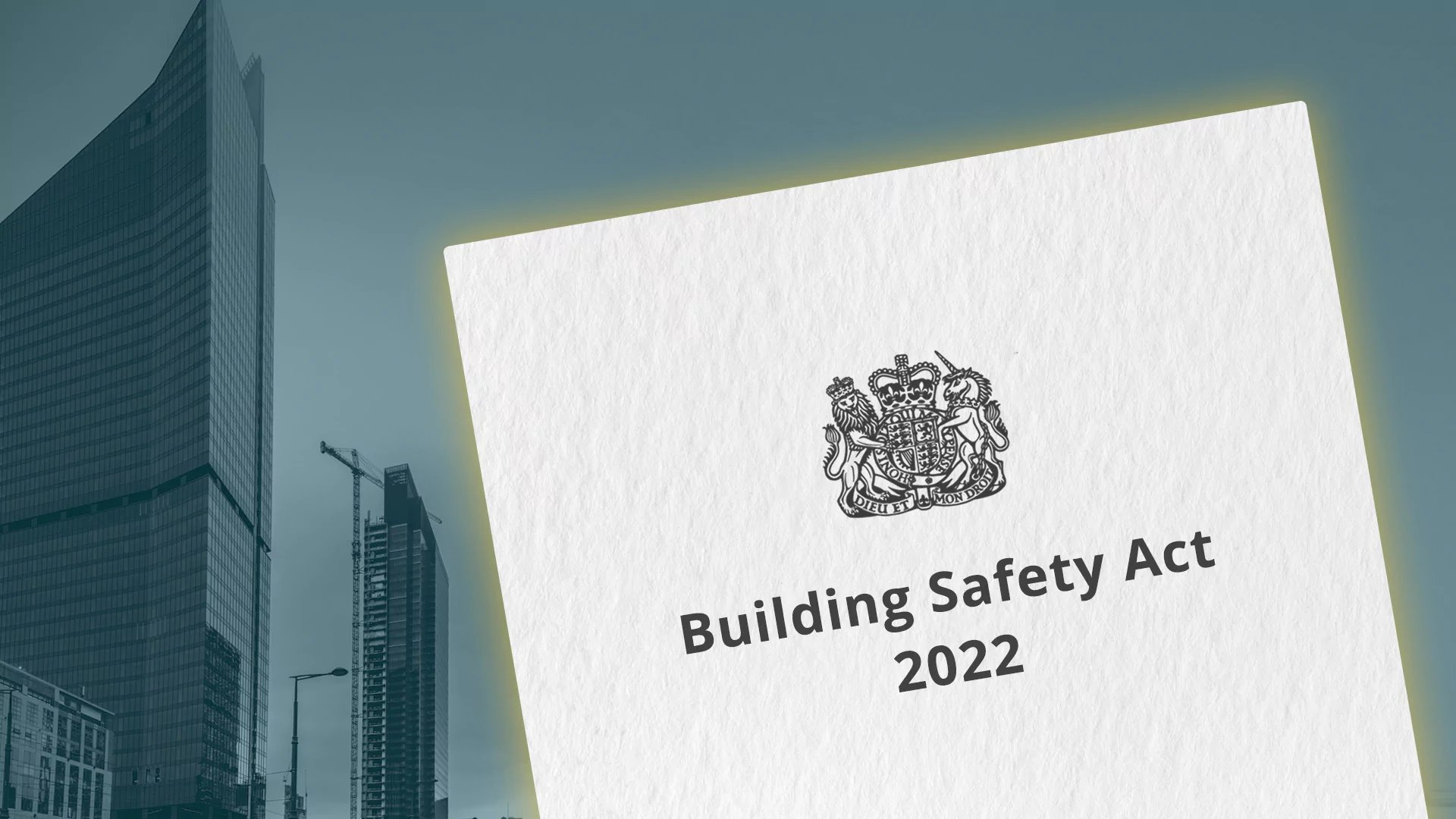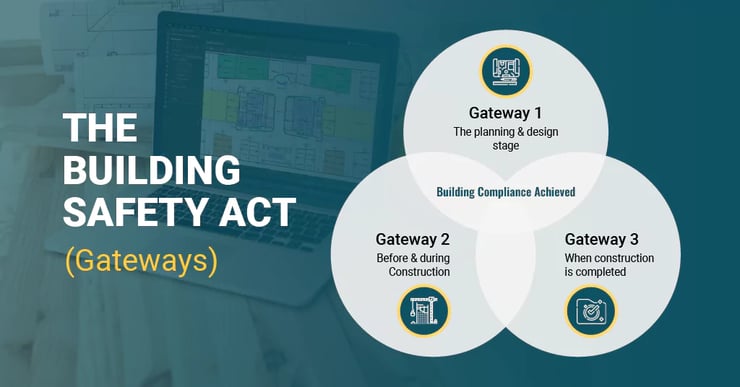Bluebeam Revu 21.8: What’s New in the December 2025 Release
The new Bluebeam Revu update, version 21.8, is now available. The latest version focuses on simplifying workflows, improving collaboration, and...
4 min read
![]() Brighter Graphics
:
Mar 21, 2023 8:26:57 AM
Brighter Graphics
:
Mar 21, 2023 8:26:57 AM

On 14 June 2017, a high-rise fire broke out in the 24-storey Grenfell Tower in North Kensington, West London, at 00:54 BST. The fire was triggered on the 4th floor by an electrical malfunction in a refrigerator. It spread quickly, consuming the building's exterior and interior, bringing fumes and fire to all the residential floors. The incident cost the death of 72 people, with more than 70 others left injured. It was the deadliest structural fire in the UK after the 1988’s Piper Alpha Oil Platform disaster and the worst residential fire breakout incident since World War II.
The “stay put” policy ensures that in the event of a fire, a complete evacuation would not be necessary if a fire broke out in a single flat, thick walls would limit the spread until fire services bring it under control. Only those in the affected dwelling would be expected to evacuate. Unfortunately, due to the building's new cladding and the external insulation, the air gap between them enabled the stack effect.
The Building Safety Act, passed in April 2022, aims to reset safety standards in residential buildings. The new legislation is the UK government’s initiative to ensure something like this never happens again. It is now up to the construction industry to show it is ready to act upon it.
Though the bill has received Royal Assent, most of the provisions in the Act are expected to take effect in 12-18 months and will be supported by strict regulatory compliances. The new legislation is the first step towards implementing effective building safety reforms. With so much change with the new legislation, the construction industry must prepare and equip to bring timely reforms.
The sooner businesses adapt and show that they are ready to change how they work will determine who survives and who gets left behind. Dame Judith Hackitt reiterated this message in her report to the government, consequently highlighting promising practices and case studies from businesses that are early adopters of this act.
The Act strictly bound building owners to comply with regulations and compliances, including those who commission construction projects and are responsible for the design and construction aspects of the building, including designers, contractors, and sub-contractors associated with higher-risk buildings (HRB). So, what does this mean for the industry? The new legislation, expectations, and culture this act will bring forth will impact all key sectors and domains of the construction industry.
This act should serve as a motivator, and rigorous scrutiny check to enforce best practices, rooting out malpractitioners and levelling the playing field for the industry. The lifecycle of a building will be split into "gateways" (during building planning, design, construction, and occupation) and the building owner must demonstrate that safety has been considered at each stage of a building’s construction – and safety risks are considered from the beginning of the planning process. Compliance will be supervised and enforced by the newly established Building Safety Regulator (BSR). The BSR has more power to require the provision of documents and cease any project that violates the regulatory guidelines.
Increased scrutiny at each stage of the building process (also applicable to existing occupied HRBs) will help avoid delays and cost overruns. Moreover, businesses not presenting the required information to the BSR can be penalised. With that in mind, digital documentation of information and project data including all aspects of a building being constructed needs to be implemented now.
Every individual in a company, be it the top brass, clients or down to the sub-contractors, will need to have the necessary competencies to fulfil their role. This will result in never-before-seen levels of productivity and workmanship. No longer will having x number of years under one’s belt or a vocational qualification suffice.
Central to meeting compliance is the management of a “Golden Thread” of information that is updated throughout the lifecycle of the building. It needs to be much more detailed and accessible than ever before. Accurate information about a building’s construction and passive & active safety measures is fundamental to achieving compliance. Not only will the BSR have access to this data but residents, contractors, and emergency services also share the access. The Act also support private individuals, giving them the right to put forward a claim where they suffer harm because of poorly established projects that violate Building Regulations standards.
Though the government will not mandate the use of specific software, this change will likely usher in the digital revolution that has been years in the making. Looked at from any point of view, this is the best thing that could happen in the industry.
Will it be challenging? Yes, it goes without saying. Some of the obstacles faced by a company wanting to adopt a fully digital approach to construction though given the new Act that has been instated, it’s a good time to think about the industry’s requirements and how adapting these digital tools increases safety, project profitability, and saves time & resources in the AEC industry.
With more companies adopting digitalisation, the demand from clients and civilians alike is on a sharp rise as more regulations towards safety and digitalisation are put in place. A valid question about digital project delivery in the built environment is what digital tools and technologies to learn and how.
Brighter Graphics is the first and the longest-established Bluebeam reseller. We specialise in all things Bluebeam as our team has combined decades of experience within the AEC industry. We are your one-stop, all-encompassing destination to ensure you will:
If you have to deal with overwhelming paperwork throughout the project lifecycle, the endless cycle of printing, routing, and approving documents can be a real headache. And when it comes to critical compliance documents like Safety Data Sheets (SDSs), even the slightest oversight can lead to big problems down the line.
That's why we're excited to introduce Bluebeam Revu 21 - the ultimate solution for simplifying your safety submittals. With Revu, you can dodge the mundane task of dealing with a gigantic stack of papers and embrace a completely paperless digital process. No more lost documents or delays - just a streamlined, efficient system that keeps everything organized and accessible.
With the enactment of the Building Safety Act 2022, having a comprehensive and up-to-date record of your building's information as a Golden thread will be more important than ever. That's where Bluebeam Revu's collaboration and field tool comes in handy. It ensures that all critical data is tracked and updated throughout the lifecycle of the building. So not only will you be saving time and hassle with Revu, but you'll also be staying ahead of the compliance curve by compiling the right information in your Golden Thread.
To leverage the perks of digitising construction, explore Brighter Graphics, the Bluebeam Sapphire partner and your go-to place for all digital needs in the AEC industry.
Download the complete Building Safety Act 2022 here.
The new Bluebeam Revu update, version 21.8, is now available. The latest version focuses on simplifying workflows, improving collaboration, and...
When it comes to construction, “close enough” just doesn’t cut it anymore. Owners expect consistent schedules, contractors want zero rework, and VDC...
If you’re an AECO professional who’s excited by AI workflows, natural language capabilities, and maximum automation in your projects, something big...